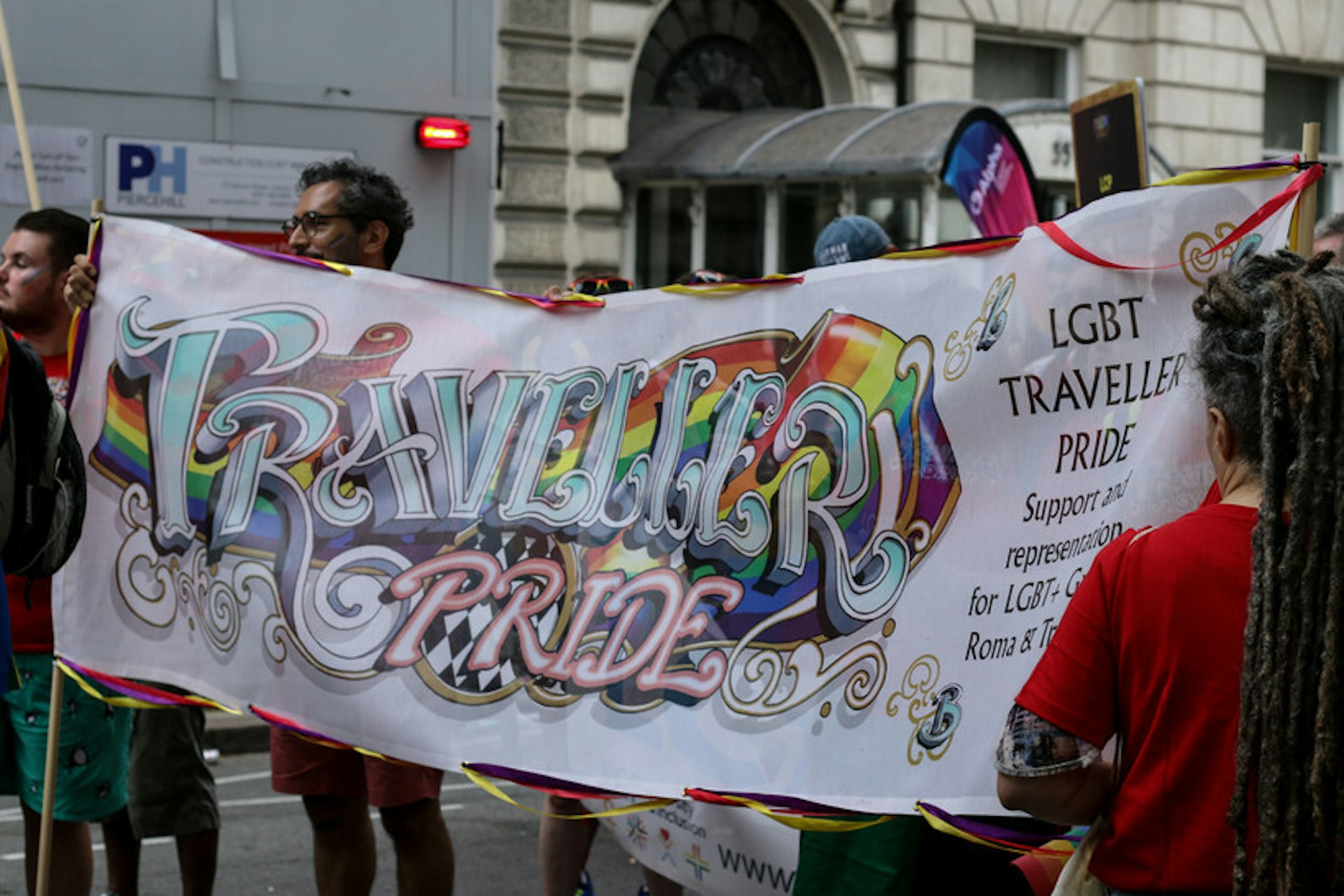Capturing the dark side of China’s underground club scene
- Text by Dominique Sisley
- Photography by Sergey Melnitchenko

When Sergey Melnitchenko first arrived in Chengdu in 2015, he was making ends meet as a model and dancer. It was only when he got a job as a performer in one of the city’s nightclubs, though, that he decided to pick up a camera and start shooting.
Inspired by the seedy backstage life of the venue, Sergey began taking photos of the other performers – a process that introduced him to singers, dancers, clowns, magicians and transvestites. “I realised how many great things were going on, and that’s how the series Behind the scenes was born,” he explains. “There’s no falsehood – it’s not a scene, it’s their everyday life.”
Originally from Mykolayiv city in Ukraine, Sergey spent four months working in the unnamed club, which he says was “more like a huge bar with a stage.” According to him, the Behind the scenes photo series was an attempt to capture the club’s “invisible side”, where there is “more burlesque” than on the stage. “The concentration of sexual fluids is more powerful than oxygen,” he says, of the venue’s heated backstage atmosphere.



Due to China’s ban on strip clubs and sex work, Sergey stresses that employees were limited strictly to dancing, drinking and playing games with customers – though that didn’t stop things from getting sordid. “The only thing that I didn’t like was a show where a Chinese girl started to put a beer on herself, and then visitors could come and pour beer on her,” he remembers. “Every visitor tried to do something more disgusting than the other. They poured beer on her tits, tried to pour it in her ass or on her vagina – so it was really ugly.” Aside from that, he insists that the atmosphere in the club was fun, “friendly” and welcoming.
After two years, the performer and model is still living in China – and while he still works mainly as a dancer, photography is slowly becoming a bigger part of his life. “Everything (inspires me),” he says. “It can be as movies and music, so it can be alcohol and porn… The only thing that I like now is that I’m trying to work in different styles. I don’t restrict myself to one kind of photography.”



















Enjoyed this article? Like Huck on Facebook or follow us on Twitter.
Latest on Huck

“Artists are skint, knackered and sharing the same 20 quid”
We caught up with The White Pube to chat about their journey, playing the game that they hate, and why anarchism might be the solution to all of art’s (and the wider world’s) problems.
Written by: Isaac Muk

The Chinese youth movement ditching big cities for the coast
In ’Fissure of a Sweetdream’ photographer Jialin Yan documents the growing number of Chinese young people turning their backs on careerist grind in favour of a slower pace of life on Hainan Island.
Written by: Isaac Muk

The LGBT Travellers fundraising for survival
This Christmas, Traveller Pride are raising money to continue supporting LGBT Travellers (used inclusively) across the country through the festive season and on into next year, here’s how you can support them.
Written by: Percy Henderson

The fight to save Bristol’s radical heart
As the city’s Turbo Island comes under threat activists and community members are rallying round to try and stop the tide of gentrification.
Written by: Ruby Conway

Gaza Sunbirds: The Palestinian para-cycling team racing against the odds to compete internationally
From genocide in Gaza to the World Championships: What next for Palestine’s first para-cycling team?
Written by: Alex King

We are young trans people occupying Wes Streeting’s office
Following the Health Secretary’s decision to permanently ban puberty blockers for young Trans people, activists from Trans Kids Deserve Better have occupied the space outside his constituency office writes Grin.
Written by: Grin, Trans Kids Deserve Better